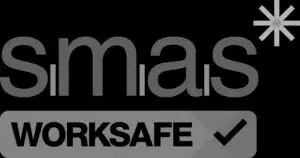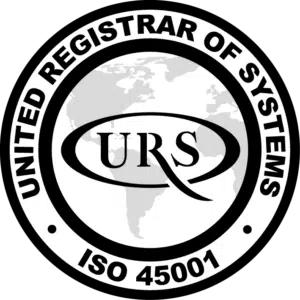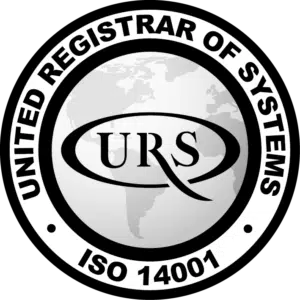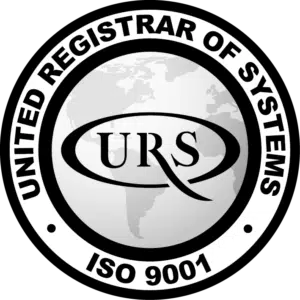What is the Best Paper for Printing Documents?
Dec 12, 2024 • 5 minutes
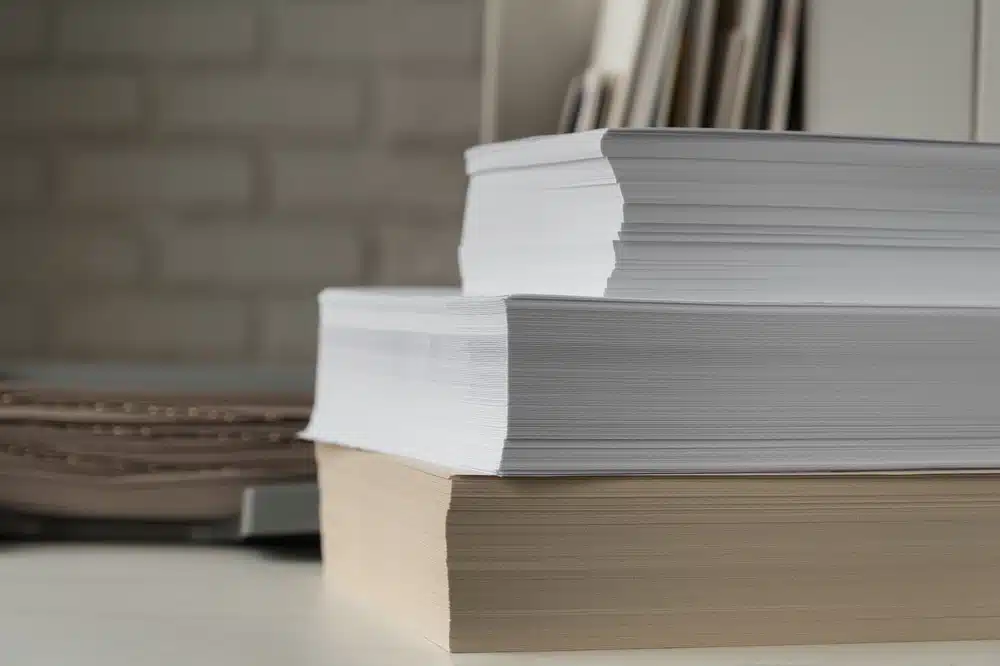
It is easy to assume all printing paper is the same, but the type you choose can have just as much impact on the final product as the design or ink. With so many options available, figuring out what works best for your printer and your project can be challenging. This guide breaks it all down, helping you find the perfect paper for your needs.
Paper Sizes
First things first – paper size. UK paper sizes follow the ISO 216 (International Organisation for Standardisation) standard, which is the most widely used system across the world. There are 11 standard paper sizes in the A series, ranging from the largest (A0) to the smallest (A10).
The most common size is A4 (210 × 97 mm), which is standard for everyday printing tasks like letters, reports and assignments. If you need something larger, A3 (297 × 420 mm) is often used for posters, diagrams or large charts. On the smaller end, A5 (148 × 210 mm) is perfect for flyers, booklets or leaflets. It is important, however, to match the paper size to your printer’s capabilities. Not all printers can handle sizes outside the standard A4, so always double-check your equipment before you begin.
Paper Weight
Paper weight is measured in grams per square metre (gsm) and directly impacts the overall look and feel of your printed materials. The weight you choose should match the purpose of your project. For example, using lightweight paper for a client-facing report or proposal might feel flimsy and allow ink to show through, making it harder to read and reducing the professional impact of your presentation.
Here is a breakdown of the different paper weights and their typical uses:
- 35gsm – 55gsm: This lightweight paper is commonly used for newspapers. Thin and affordable, it is easy to fold and suitable for large-scale printing.
- 80gsm: The standard weight for general printing needs. Lightweight and cost-effective, it is ideal for tasks like reports, letters and meeting agendas.
- 130 gsm – 170 gsm: A sturdier option, suitable for posters, leaflets and promotional materials. Its thickness gives a more professional finish, especially for colour printing, without ink bleed-through.
- 180gsm – 250gsm: This mid-weight paper is often used for brochures and certificates. It provides a balance between durability and flexibility, giving a premium feel without being overly rigid.
- 300gsm and Above: At the heavier end, this paper is perfect for luxury brochures, business cards and corporate presentations.
Heavier paper has the added benefit of better opacity, which prevents ink bleed-through and produces sharper print quality. However, it tends to be more expensive due to the extra materials used in production. For this reason, heavier paper is best reserved for projects that need to make a good impression or endure frequent handling. Balancing quality with cost ensures you get the best value for your printing needs while also being mindful of the environment.
Paper Finishes
Whether you are printing text-heavy documents, vivid promotional materials or elegant certificates, the paper’s surface affects everything from colour vibrancy to readability. Choosing the right finish ensures your printed materials meet their purpose while making the right impression.
Uncoated
Uncoated paper is exactly what it sounds like. It has no extra coating or finish, giving it a porous texture that absorbs ink quickly and resists smudging. This makes it perfect for text-heavy materials and documents that require writing, as it works well with a wide range of pens and pencils. Uncoated paper is generally the most affordable option, and it is commonly used for basic black-and-white or colour prints, as well as flyers, newsletters and handouts.
Matte
Matte paper has a smooth, non-reflective surface that reduces glare and enhances readability under bright lights. It gives colours and images a softer, muted appearance, which can work well for materials where a subtler tone is preferred. Matte paper resists fingerprints and smudging, making it a practical choice for frequently handled items like brochures, menus or instructional booklets.
Glossy
Glossy paper has a shiny, reflective surface that brings out the depth and sharpness of printed images, giving them a vibrant, polished and professional appearance. This finish is ideal for prints designed to grab attention or showcase high-quality imagery, such as event posters, marketing materials or product catalogues.
Satin or Semi-Gloss
Satin, also known as semi-gloss, falls between matte and glossy finishes. It offers a subtle sheen that enhances colours without the high reflectivity of full gloss. This makes it a versatile choice for items like brochures, posters and event programmes that need to look polished and professional without sacrificing readability or practicality.
Eco-Friendly and Recycled Paper Options
Many people worry that eco-friendly paper might compromise the quality of their printed materials. However, today’s sustainable paper options are designed to deliver the same professional look and feel as traditional paper, making them a practical and responsible choice for any project.
- Recycled Paper: Made from 60% to 100% recycled pulp, where paper scraps are mixed with water, broken down and bonded together to create new paper materials. While it reduces waste and conserves resources, the cleaning and reprocessing can require more energy and chemicals than producing paper from fresh fibres.
- Sustainably Sourced Paper: Made from fresh wood pulp harvested from responsibly managed forests. These forests are certified to meet strict environmental, social and economic standards, ensuring trees are replanted and ecosystems are preserved. Sustainably sourced paper supports renewable forestry practices and is a greener option when recycled fibres have degraded and are no longer effective.
At Westcountry Group, our ISO 14001, FSC (Forest Stewardship Council) and PEFC (Programme for the Endorsement of Forest Certification) accreditations demonstrate our dedication to sustainable practices. These certifications ensure that the paper we supply is sourced responsibly, protects biodiversity and contributes to forest regeneration.
Find the Perfect Paper for Your Needs
At Westcountry Group, we make finding the right paper simple. With our wide selection of paper types and our free-of-charge Convenience+ storage service, you can rely on us to deliver exactly what you need, exactly when you need it. If you are unsure which paper is best for your project, our friendly representatives are on hand to discuss your needs and help you make a confident choice that leaves a lasting impression.
Contact us today to learn more about how we can bring your print project to life. Call 0330 030 0330, email: paperorders@westcountrygroup.com or visit our website.


